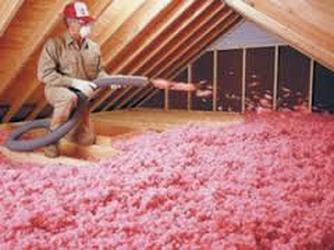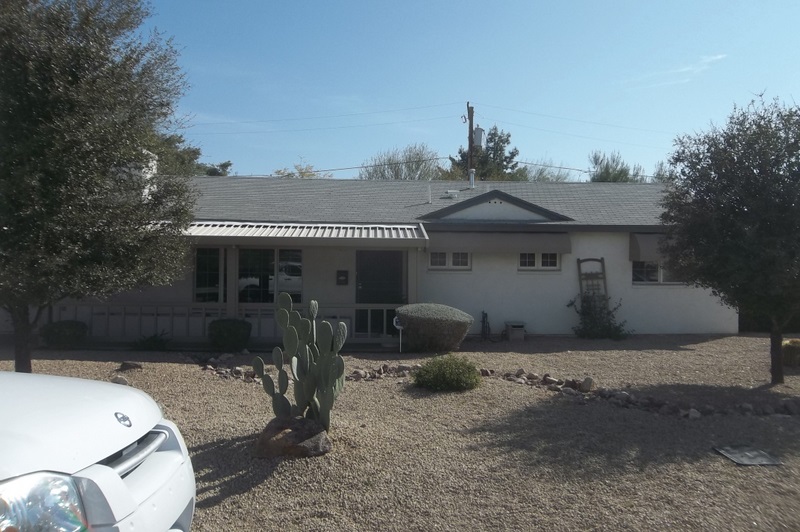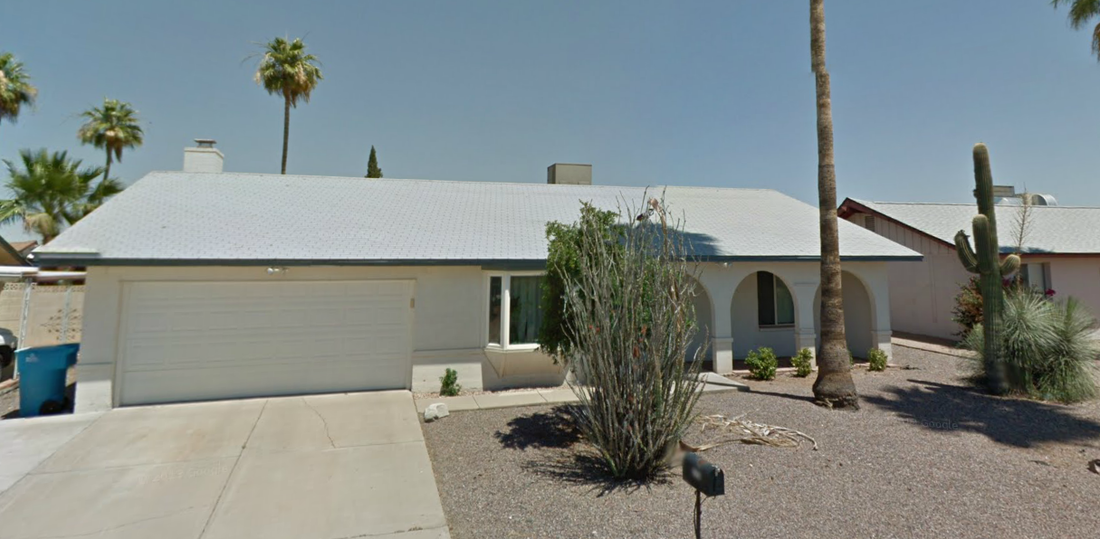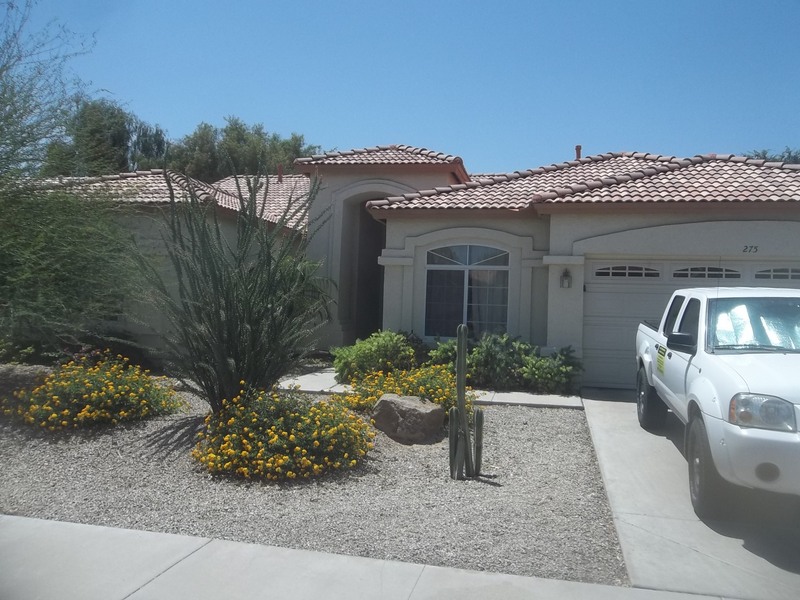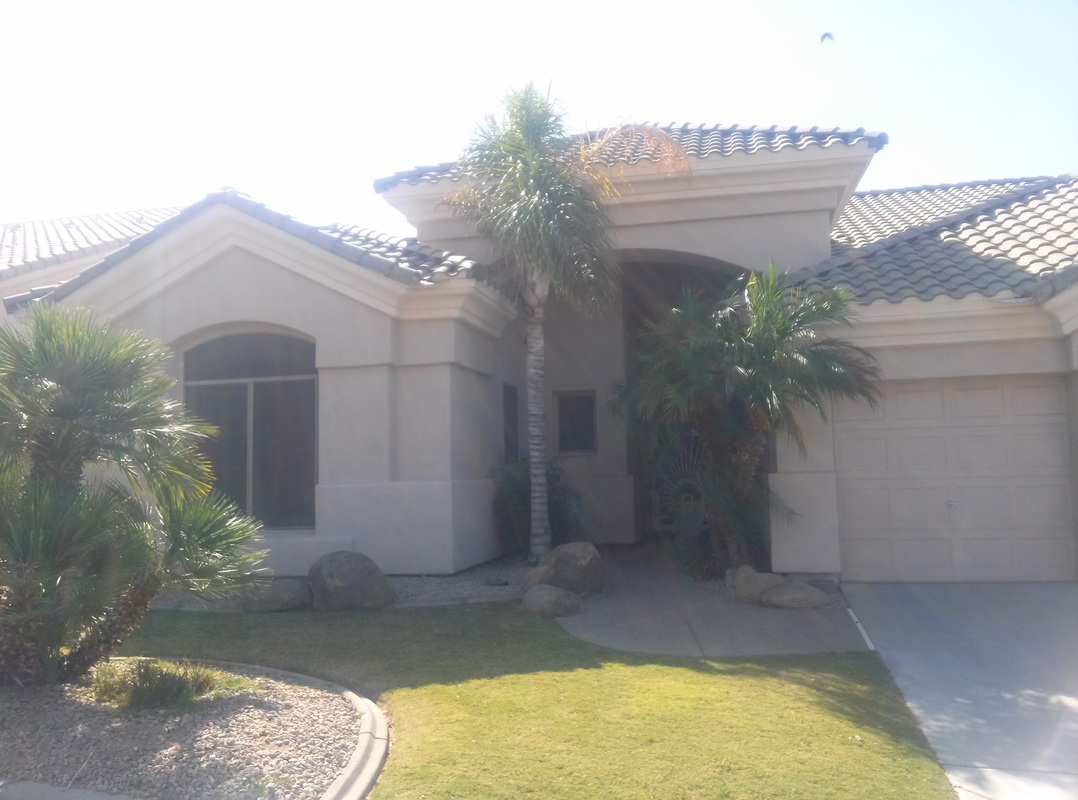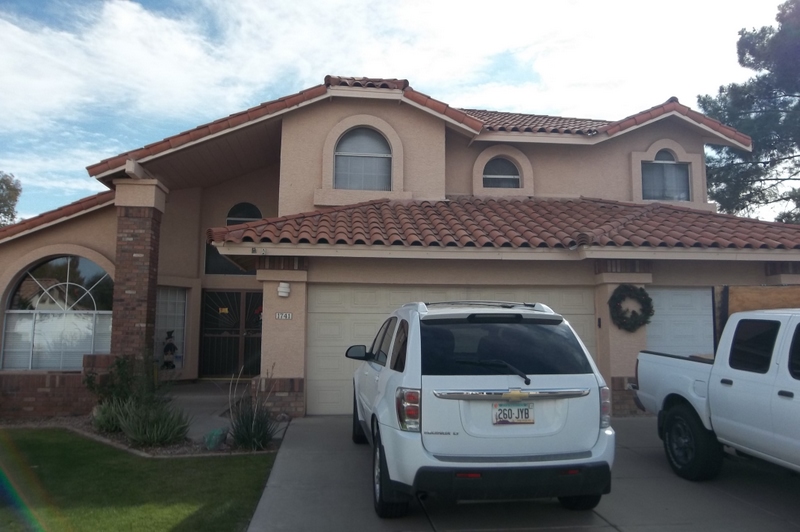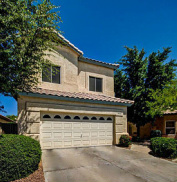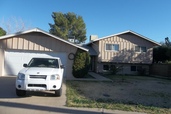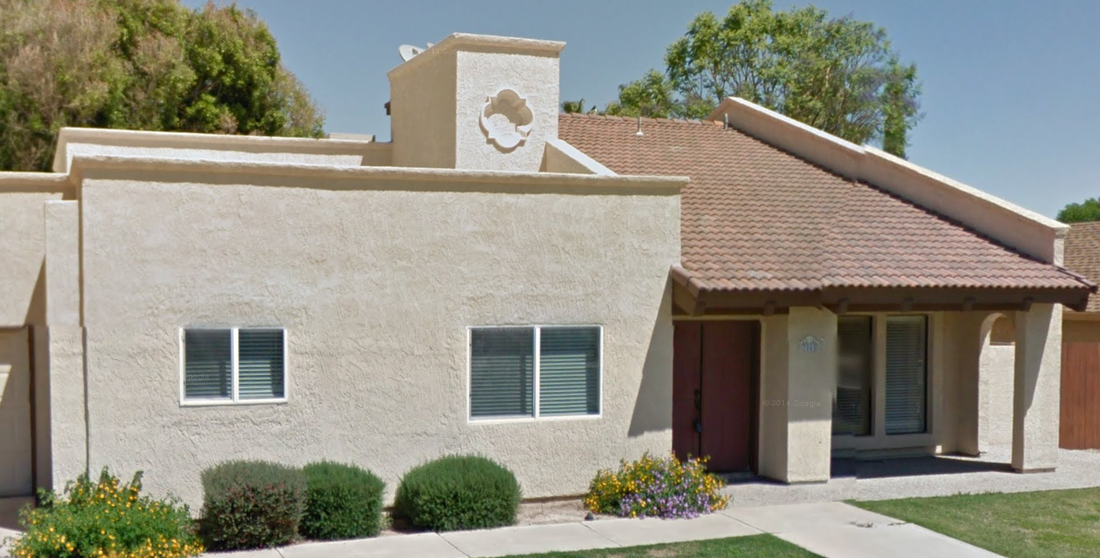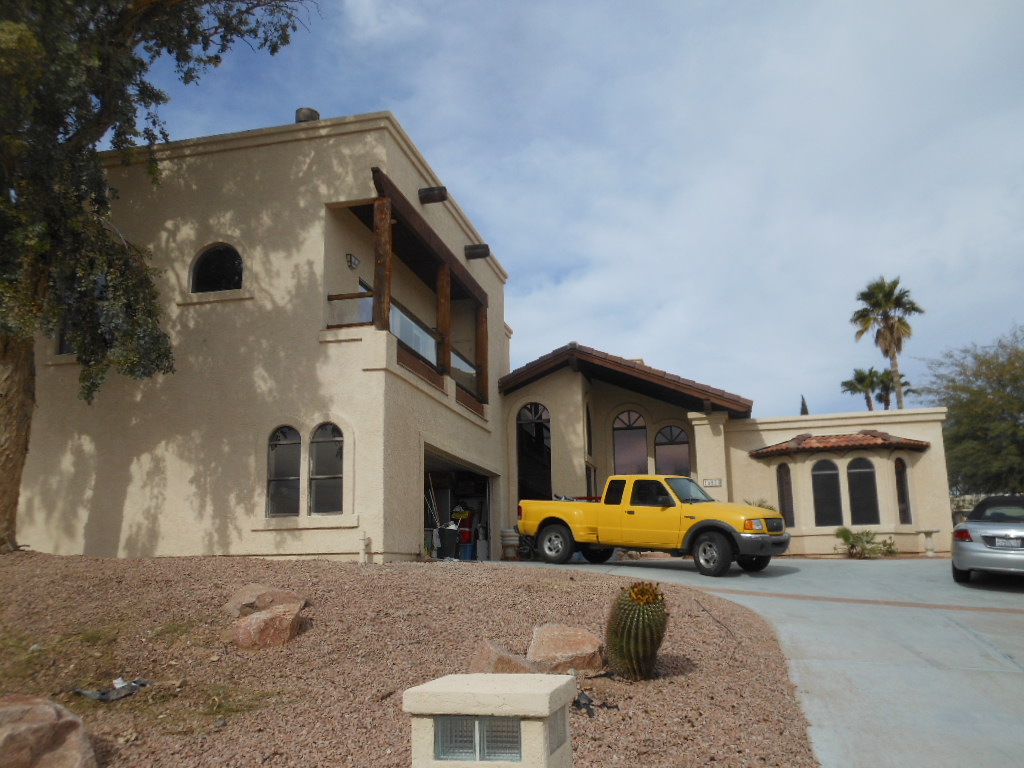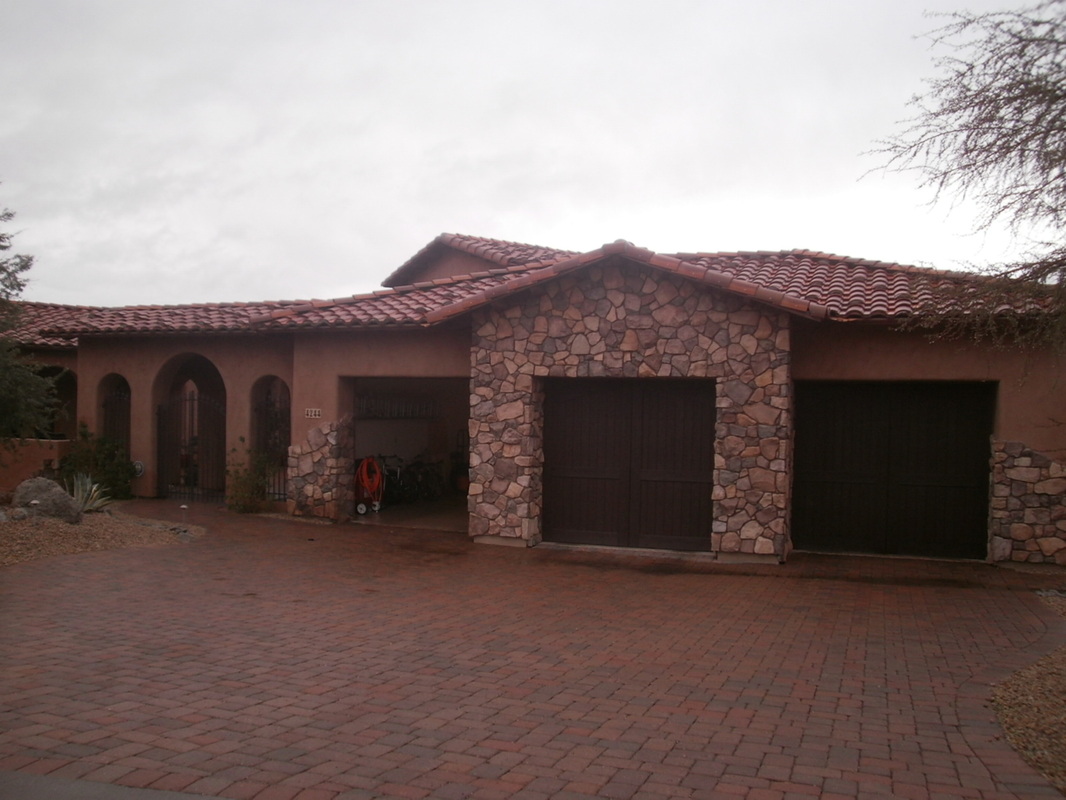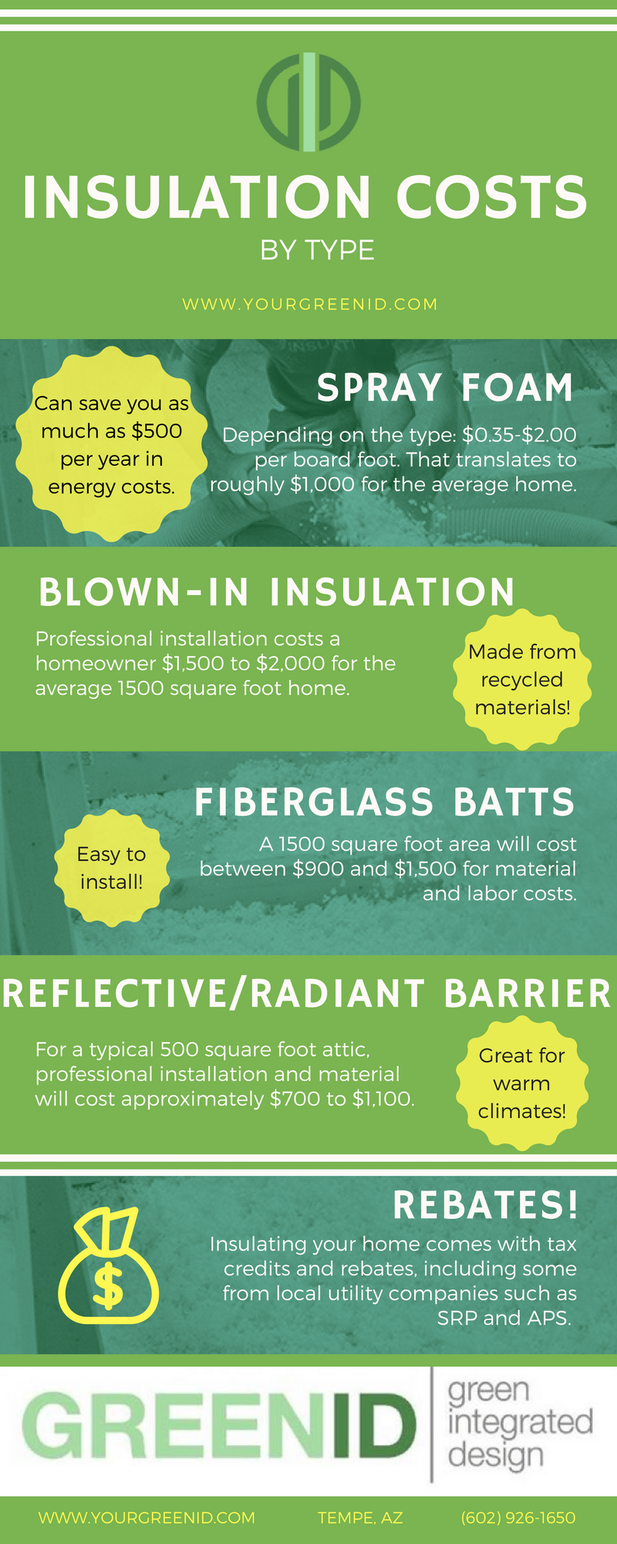 Insulation is the best investment that you can make for your home. Even if you go for more expensive materials and pay a hefty price up front, you’re almost sure to recoup that money with lower utility bills over time. If you don’t have the money to upgrade the insulation in your entire home, consider upgrading one area at a time. Learn more about the types of insulation available, the areas in your home to insulate, and cost considerations involved in home insulation. Blown-in insulation Blown-in insulation has been used for many decades in homes all over the United States. It is often made from recycled newspaper in the form of cellulose. It insulates very well and has a higher than average R-value, depending on the depth that is blown.
Spray foam insulation Spray foam insulation seals leaks and gaps inside existing walls and is the perfect solution for those who are looking for a relatively inexpensive way to fix a larger problem, while increasing the home’s R-value.
Fiberglass batts Fiberglass batts are among the most inexpensive ways to insulate your home, especially when the walls are already open, like in an attic area. The important part about installing fiberglass batts is to pay close attention to how they are installed. One loose corner or tear reduces the R-value accrued from the installation.
Reflective or radiant barrier Usually installed in attics to reduce summer heat and insulate against winter cold, radiant barriers are perfect for reducing heating and cooling bills, while increasing your home’s R-value. Reflective barriers, though different in design, function similarly.
Insulating walls Since most homeowners are looking to insulate previously built structures that have drywall, blown-in insulation typically works best in the interior. A hole is cut, insulation is blown in, and the hole is sealed, leaving the room warmer and more efficient at about $1.00 per square foot. Roof insulation Roofs need to be sealed prior to the installation of insulation, which means seeking out and filling gaps, closing vents, etc. This is due to the fact that, over time, water degrades insulation, rendering it completely useless. An insulated and sealed roof leads to a warmer attic in the winter and a cooler attic in the summer. Look to spend approximately $1500 to pay for a professional job, or a bit more for radiant or reflective barriers. Insulating garage doors If you have an attached garage, or simply want to keep your garage cooler in the hot summer months, insulating the door with foam is simple and only takes a few hours to complete. Depending on whether you opt for batts, foam boards, or reflective insulation, you will likely pay about $200 for a 9’ door. Insulating the attic Keeping your attic warm in the winter and cool in the summer especially is costly. Insulation is the wisest choice to ensure that your attic temperature is cool and manageable, especially in during the hot Phoenix summer. Though not considered to be a DIY job due to the dusty and cramped environment, insulating your attic brings hefty benefits in terms of savings and increasing your home’s R-value. The good news is that attic insulation can be installed correctly by a professional for a relatively low price. Estimates vary depending on the insulation type that you choose. For the most part, however, look at paying around $1300 to $2000 total. Rebates and Savings
Weatherizing your home comes with tax credits and rebates, including some from local utility companies such as SRP and APS.
9 Comments
7/30/2019 09:44:29 am
I found it interesting when you said that insulation is the best investment that you can make for your home. As far as I know, by insulating your house you can save money on your electric bill. Thanks for pointing out the different types of insulation such as blown-in, spray foam, and fiberglass batts.
Reply
6/10/2020 06:41:36 pm
It's good to know from this article that spray foam insulation can save me up to $500 when it comes to energy costs. My husband and I are looking through our insulation options after hearing from our neighbor that it can save us a lot when it comes to our monthly expenses spent on energy. It might be a good idea if we can clarify this with local contractors who offer insulation services and see what type of insulation is good for our home.
Reply
1/25/2021 10:34:29 am
It's valuable that you point out that having good insulation in your home can help keep your utility bills low. I want my energy bills to be as low as possible in my new house, so I'm thinking about hiring someone to install insulation in it for me. I'm going to look for a good residential insulation company in the area that I can hire.
Reply
3/26/2021 10:26:48 am
Thanks for pointing out that spray foam insulation can help lower your home's energy bills. I'd like to keep my energy bills low in my new house, so I'm thinking about having spray foam insulation installed in it. I'm going to look for a good provider of spray foam insulation services in the area to use.
Reply
3/29/2021 11:42:18 am
It's awesome that you mention that blown-in insulation is great at protecting your home from insects. I'd like to keep my new house free of insects, so I'm thinking about having blown-in insulation installed in it. I'm going to look for a good business in my area that offers blown-in insulation services.
Reply
5/12/2021 07:44:46 am
I'm getting a new home built, and now it's time for me to decide how I want it to be insulated. I didn't realize that spray foam could be such an effective insulator! That's definitely an option that would be worth looking into further.
Reply
Thanks for pointing out that insulating the attic will keep the property warm in the winter and cool in the summer. I should really invest in good insulation for my home that will be built next year since it will be located in a colder area in the state. Hopefully, I can find a contractor that I can trust by then to let them install the insulation without issues.
Reply
8/17/2021 09:50:42 am
My dad has been thinking about adding some insulation to the roof because he doesn't want any heat escaping. He would really like to have the insulation installed by a professional to make sure that it could be safe. Thanks for explaining how their effects can be optimized when they have reflective barriers because they can increase savings by 10% in warmer weather.
Reply
Your comment will be posted after it is approved.
Leave a Reply. |
Sign Up For Your Home Energy AuditFIND YOUR HOME TYPERanch HomesSingle Story, Spec HomesTwo Story, Spec HomesTri-Level HomesPre-1990 Custom HomePost-1990 Custom HomeDon't See Your Home? Find Your City Below!Archives
April 2024
Copyright Notice©2009 – 2023
All Rights Reserved |


